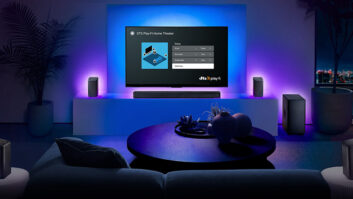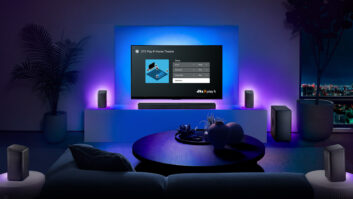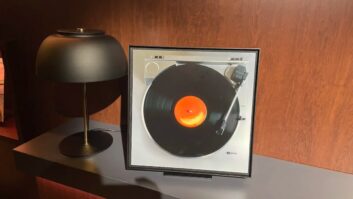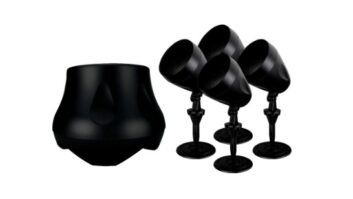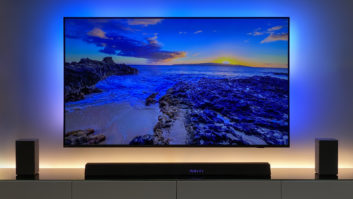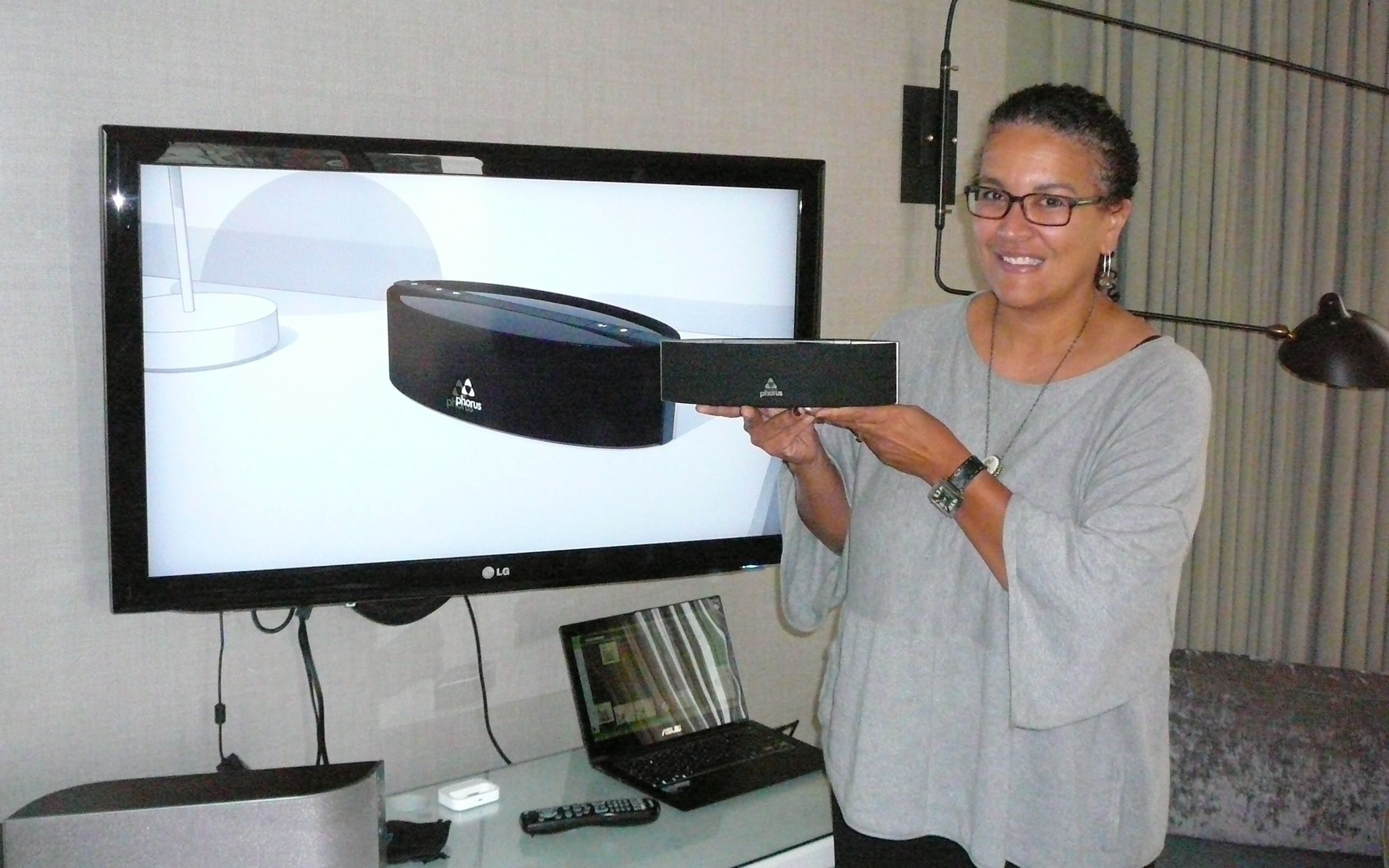
New York — DTS’s Phorus division unveiled its next-generation Play-Fi-equipped wireless tabletop speaker, loading it up with new features, a new shape and a higher price at $229, up from $199.
The Phorus PS5 will be available online at Phorus.com, Amazon and other retailers in December at $229. It will join the currently available $179 PR5 Play-Fi receiver, which connects to existing sound systems and is available at Phorus.com and Amazon.
Improvements include a more traditional design compared with the predecessor’s rounded-triangular shape, which doubled as a stand for mobile devices. The new speaker also adds DTS custom-tuning technology to improve sound quality, dual-band Wi-Fi 802.11n vs. single-band N, Wi-Fi 802.11a, and AptX and AAC streaming over Bluetooth. Like before, a Bluetooth stream cannot be retransmitted other Play-Fi speakers in the house.
These new features also appear in the $149-suggested PR5 Receiver, which shipped about a month ago to eventually replace the company’s PR1 Receiver.
The new speaker also incorporates the latest firmware updates rolled out this month to existing Phorus devices and to other-brand wireless speakers incorporating DTS’s Play-Fi wireless multiroom technology.
The updates include:
–the ability to stream up to four songs or streaming sources at a time from a single device, whether a tablet, smartphone or PC. Previously, mobile devices and PCs could stream only one song or source at a time, though up to 16 devices could be on a Play-Fi network at once, each playing one song or source at a time.
–playback of 192kHz/24-bit FLAC and WAV files, though they are down-converted to 48kHz/16-bit for over-the-air transmission. Streaming the files without down-conversion would have compromised the ability to synchronize up to eight Play-Fi speakers per zone, the company said.
–ability to turn a stereo Play-Fi speaker into a left or right channel to create a stereo pair.
Like its predecessor, the new speaker charges phones and tablets via a USB cable.
Phorus isn’t the only company offering speakers and receivers with Play-Fi technology. Phorus has licensed Play-Fi to Wren, Polk, Definitive Technology and others to enable interoperability among Play-Fi-equipped speakers from different brands.
Because other companies can license the technology, said Phorus VP Sharon Graves, they are free to focus on sound quality and other issues to differentiate their products, while DTS devotes the resources to perfecting the wireless technology and improving it. “Very few brands,” she contended, “will be able to survive on proprietary standards.” Phorus will be able to address issues such as compatibility with new Apple mobile-device OSs “and take out the worry for them.”
She also said Play-Fi hasn’t been plagued by consumer setup challenges that have led to high return rates for wireless multiroom speakers.
Play-Fi uses Wi-Fi to stream MP3, FLAC, Wav, and AAC files stored on mobile devices and on networked DLNA-capable Windows PCs and NAS drives. One or more Play-Fi speakers or receivers, and song selection, can be controlled from an app running on Android and iOS mobile devices, on Kindle Fire tablets, and on Windows PCs. The apps also access vTuner Internet radio stations, podcasts and Cloud-based music services, then send the content to Play-Fi products. Music services include such as Pandora, SiriusXM, Songza, KKBox, QQMusic and others, including Deezer when its exclusives with Sonos and Bose expire.
With a DTS Play-Fi Driver for Windows, users can also stream music from any PC application to Play-Fi speakers, including Google Music, Spotify and Xbox Music Live.
For users who lack a Play-Fi app, Play-Fi speakers play back AirPlay streams from OSX OS computers, any computer’s iTunes program, and iOS devices with AirPlay’s traditional limitations.
Play-Fi technology prioritizes Play-Fi traffic on a Wi-Fi network and synchronizes audio throughout the house by reducing latency.




